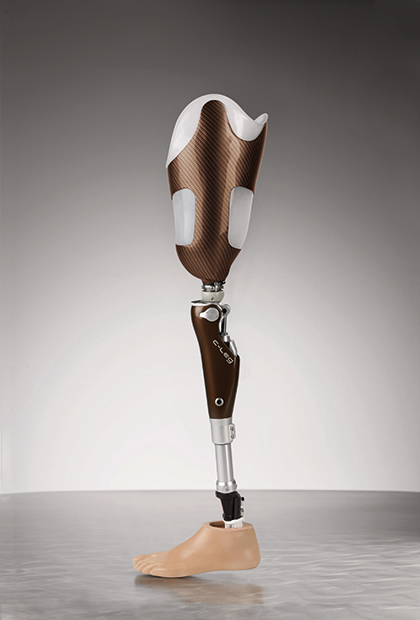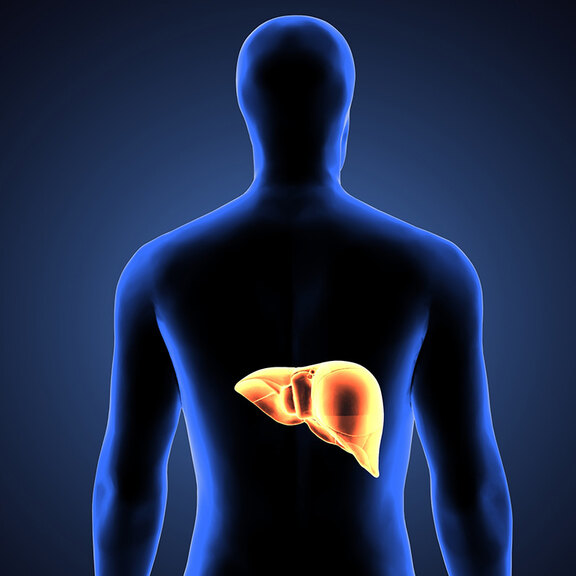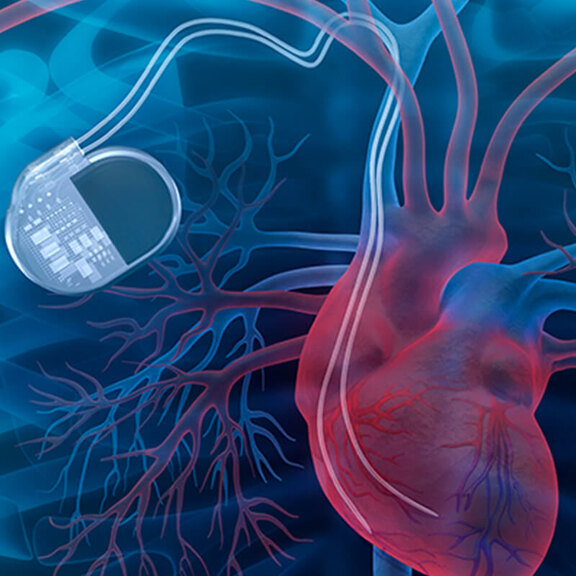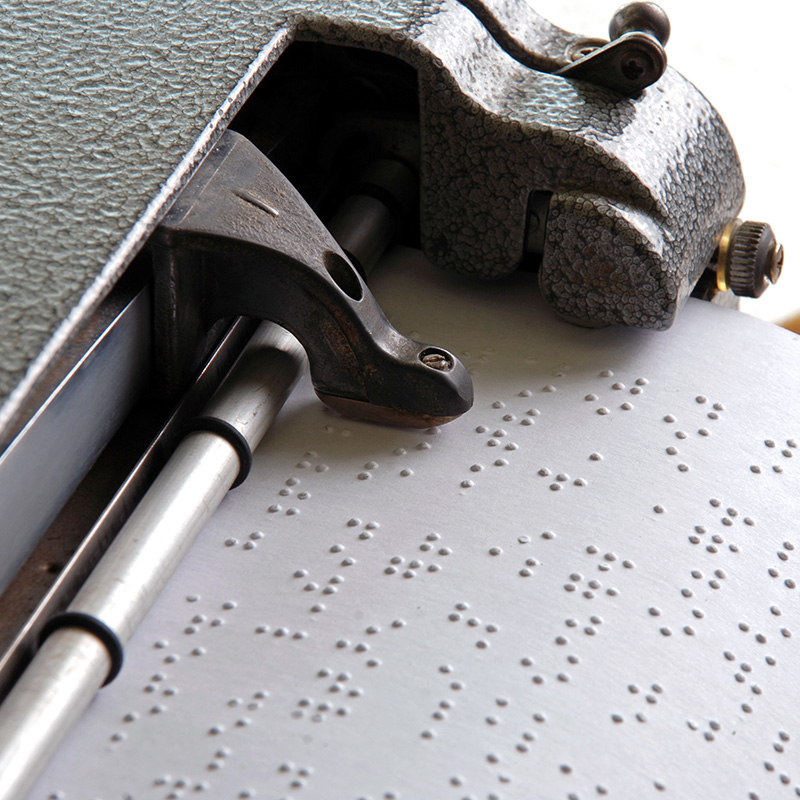A step is a sequence of complex movements. For most people, this happens completely unconsciously. Above-the-knee amputees, however, have to control the process very deliberately and precisely to move around safely. It was therefore a relief when in 1997 Ottobock from Duderstadt near Göttingen launched C-Leg technology onto the market. This is the world’s first microprocessor-controlled leg prosthesis and adapts to the unique gait pattern of its wearer.
The principle: using sensors, the joints recognize the walking phase of the user and adjust to it in real time. Precise control of the prosthesis ensures that the joints relieve the strain on the contralateral side of the body. The wearer can thus move relatively comfortably and almost naturally.
The C-Leg: better mobility – better quality of life
In the years that followed, the developers from Ottobock were in constant dialog with C-Leg users and began to further improve the prosthesis. The fourth generation is now on the market. According to company statements, this enables even smoother and safer movements, allowing users to navigate difficult surfaces such as forest floor, sand, and gravel. Standing and sitting are also easier. The new C-Leg generation can even be operated via app. Wearers can use their smartphone to adjust various prosthesis settings or check the battery status. The C-Leg communicates with the app via Bluetooth. More than 70,000 people have been fitted with a C-Leg around the world so far. The prosthesis helps them to lead an independent and self-determined life.
(Image: Ottobock SE & Co. KGaA)




